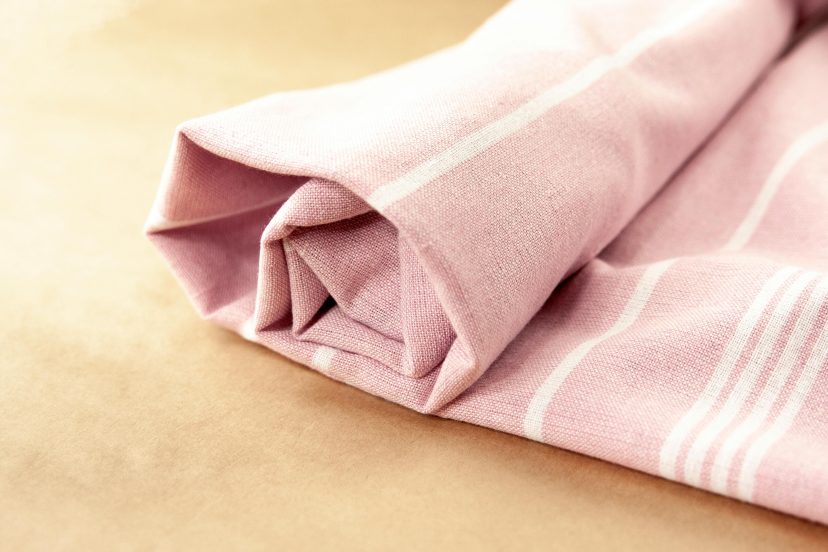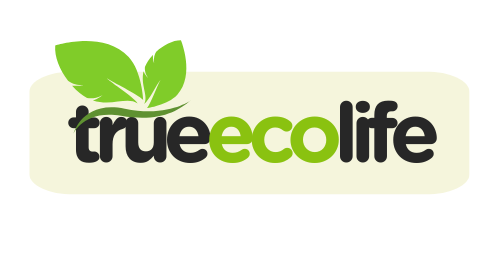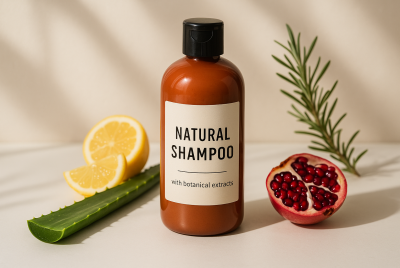Sustainable Fabric Trends Shaping the Future of Fashion
We may earn a commission for purchases made using our links. Please see our disclosure to learn more.
The fashion industry creates huge amounts of waste. It uses massive amounts of water and releases a lot of carbon into the air. Fast fashion makes the problem worse. Many clothes are made from synthetic fibers that shed microplastics and stay in the environment for centuries. For shoppers who love style but care about the planet, this is a tough choice. Greenwashing also makes it hard to know which fabrics are truly eco-friendly. The rise of sustainable fabric is changing that. Materials like organic cotton, hemp, recycled polyester, and Tencel™ offer style, comfort, and a smaller environmental impact. They are helping build a more ethical and responsible future for fashion.
What Makes a Fabric Truly Sustainable?
The phrase “sustainable fabric” refers to a standard for the sourcing, production, and disposal of textiles, not just a trendy term. From the production of the raw material to the recycling or composting of the finished product, the life cycle of a sustainable fabric seeks to reduce environmental damage at every turn.
Here are the key characteristics that define it:
- Minimal environmental impact – These fabrics are made using less water and energy, and they release fewer greenhouse gases during production.
- Renewable resources – Options like hemp, bamboo, and organic cotton can grow again and again without draining the soil of its nutrients.
- Recycled materials – Some fabrics, like recycled polyester (rPET), come from everyday waste such as plastic bottles, helping to keep trash out of landfills and oceans.
- Biodegradability – Many sustainable fabrics naturally break down at the end of their life, unlike synthetic materials that can stick around for hundreds of years.
- Low chemical use – From dyeing to processing, eco-friendly methods limit or eliminate harmful pesticides and toxic chemicals.

Top Sustainable Fabric Trends to Watch
1. Organic Cotton
Because organic cotton is grown without the use of artificial fertilizers or pesticides, the soil and farmers are both protected. When compared to conventional methods, organic cotton growing can reduce water usage by up to 91%, according to the Textile Exchange. Organic cotton clothing has a considerably smaller environmental impact while still feeling just as soft.
2. Hemp Textiles
Hemp is an extremely powerful crop. It thrives without pesticides, grows quickly, and requires very little water. Because of their inherent strength, their fibers are perfect for long-lasting clothing. Hemp textiles are popular for accessories and casual clothing because they soften with time and have a rustic character.
3. Tencel™ and Lyocell
99% of the water and solvents used in the production of these textiles are recycled in a closed-loop system using wood pulp that is supplied responsibly, usually eucalyptus. Due to their softness, breathability, and biodegradability, tencel and lyocell are popular materials in both luxury and casual fashion.
4. Recycled Polyester (rPET)
Discarded plastic bottles and other post-consumer waste are given new life by rPET. Although polyester is not biodegradable, recycling polyester reduces plastic pollution and the need for fibers derived from virgin petroleum. It is frequently found in bags, jackets, and sportswear.
5. Econyl® Regenerated Nylon
Carpet fibers and abandoned fishing nets are examples of nylon waste that is used to make Econyl. Nylon may be recycled repeatedly without losing its functionality because the regeneration process returns it to its original state. Because of this, it is a sustainable option for accessories, sportswear, and swimwear.
Recommended Sustainable Fabric Products
If you’re looking to incorporate sustainable fabrics into your life, here are five highly-rated options:
- Organic Cotton Bed Sheets – Hypoallergenic, breathable, and free from harmful dyes. Perfect for eco-conscious sleepers.
- Hemp Blend Summer Dress – Lightweight and stylish for warm days, with minimal environmental impact.
- Modal Pajama Set – Luxurious comfort made with renewable wood pulp.
- Yoga Leggings – Stretchy, moisture-wicking, and crafted from recycled materials.
- Swimwear Set – Fashionable swimwear that helps clean up ocean waste.
The Science Behind Sustainable Fabrics
Switching to sustainable textiles isn’t just a “feel-good” choice—it’s supported by credible research. A study on eco-friendly practices and materials in textiles highlights how adopting natural fibers, recycled materials, and low-impact production methods can significantly reduce water consumption, energy use, and chemical pollution in fashion manufacturing. Similarly, a comprehensive analysis of sustainable fabric innovations found that shifting to options like organic cotton, hemp, and regenerated fibers could lower the industry’s carbon emissions by up to 20%. Together, these findings show that sustainable fabrics are more than a trend—they’re a practical solution to reducing fashion’s environmental footprint.

How to Identify a Genuine Sustainable Fabric
Not all “eco-friendly” labels are legitimate. Here’s how to identify genuine sustainable fabrics:
- Look for trusted certifications – Labels such as GOTS (Global Organic Textile Standard), OEKO-TEX, and Bluesign® are well-recognized for meeting strict environmental and safety standards.
- Check transparency – Brands should disclose sourcing, production, and labor conditions.
- Assess durability – High-quality fabrics that last longer reduce waste over time.
- Consider end-of-life – Fabrics that can be composted or recycled are better for the planet.
The Influence of Your Choices
What you buy sends a message. When you choose sustainable fabrics, you show brands that eco-friendly practices matter—and that demand pushes them to make greener decisions. Over time, increased demand for eco-friendly textiles can shift the entire fashion industry toward sustainability.
If enough consumers prioritize sustainability, the days of fast fashion’s throwaway culture could be numbered.
Conclusion
Sustainable fabrics are more than a passing fashion trend—they’re the blueprint for a cleaner, fairer, and more responsible fashion future. Whether you’re choosing organic cotton bedding, hemp summer wear, or swimwear made from recycled fishing nets, each purchase supports a healthier planet. And sustainability doesn’t have to stop at your wardrobe—small lifestyle swaps, like making your own DIY air freshener, can further reduce your environmental impact.
Fashion will always evolve, but the next chapter is clear: style and sustainability can—and must—go hand in hand.
FAQs
Q1: What is meant by sustainable fabric?
It’s a textile produced in a way that minimizes environmental impact, often from renewable or recycled resources.
Q2: What is the most sustainable fabric?
Hemp is widely considered the most sustainable due to its low water needs, fast growth, and minimal pesticide use.
Q3: What defines a sustainable material?
It’s about how the material is sourced, manufactured, used, and disposed of—prioritizing minimal harm to the environment.
Q4: How to identify sustainable fabric?
Look for third-party certifications, transparent sourcing, and eco-friendly composition.
Q5: Is cotton a sustainable fabric?
Conventional cotton has a high environmental cost, but organic cotton is far more sustainable.




